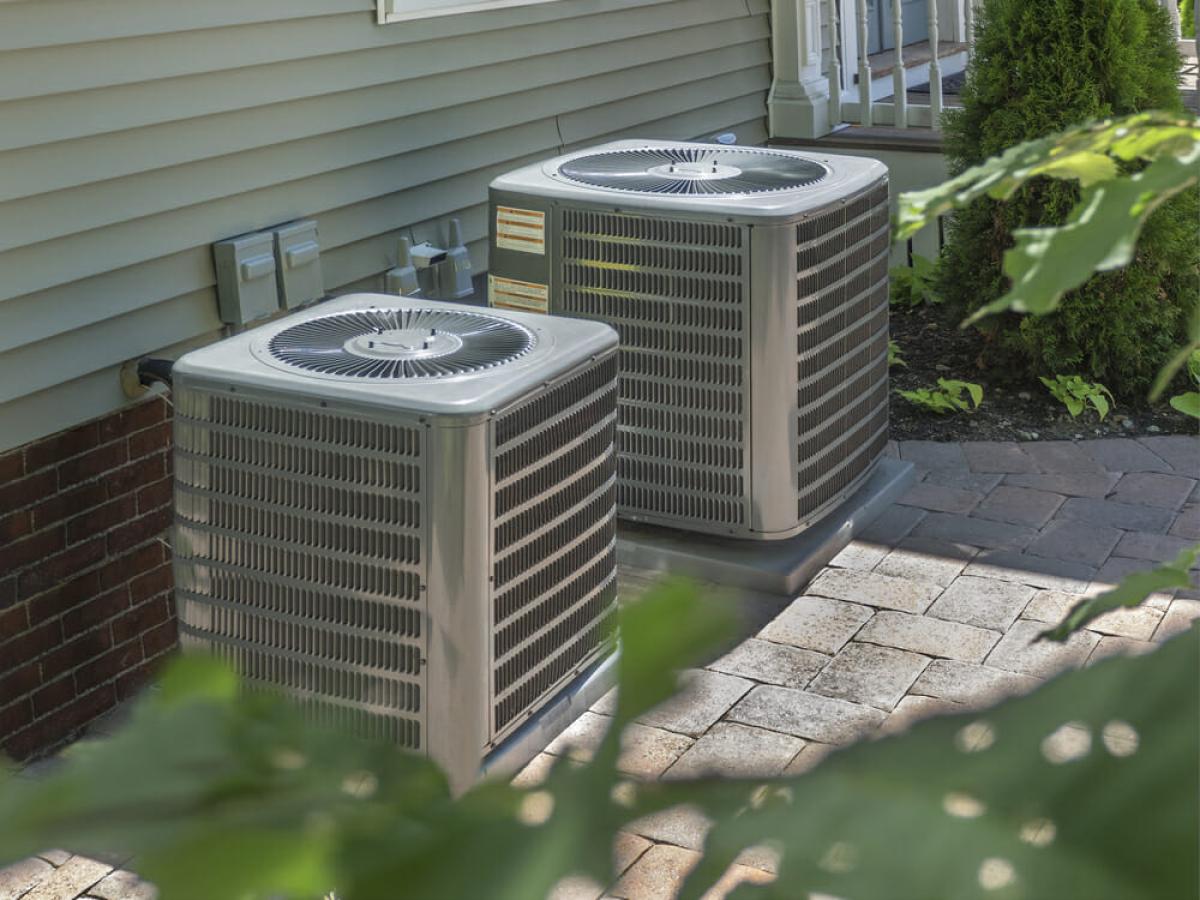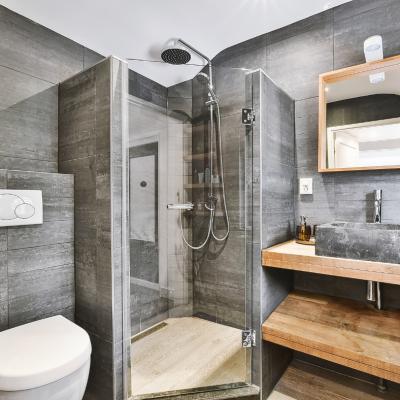Common HVAC Installation Mistakes and How to Avoid Them: A Guide to Optimal System Performance

An HVAC system's installation or renovation has a big impact on a house's comfort level, energy efficiency, and general usability. Regrettably, frequent errors made during the installation procedure can affect the HVAC system's longevity and effectiveness. We'll highlight these typical mistakes in this tutorial and offer helpful advice on how to avoid and fix them for optimum system performance.
1. Inaccurate HVAC System Sizing:
Choosing an HVAC system that is too big or too small for the space it is meant to serve is a common mistake that people make.
Prevention and Solution: To ensure proper sizing, a thorough load calculation that takes into account windows, insulation, square footage, and temperature is necessary. Seek the advice of a qualified HVAC contractor to guarantee proper size and avoid problems like as premature wear and inefficient functioning.
2. Improper Installation and Design of Ductwork:
Common Error: Poor ductwork design and installation can result in increased energy usage, uneven heating or cooling, and airflow issues.
Prevention and Remedy: Proper ductwork design takes insulation, duct size, and arrangement into account. To find and fix any problems, experts should do in-depth testing and inspections. Make sure all sealing is done correctly to avoid air leaks, which might reduce effectiveness.
3. Ignoring the Aspects of Energy Efficiency:
Common Error: When installing an HVAC system, energy efficiency isn't given enough attention, which can lead to higher electricity costs and a greater environmental effect.
Preventive measures and solutions include investing in energy-efficient systems, selecting equipment with an Energy Star rating, and taking variable speed motors into account. Maintaining optimal performance requires routine maintenance, which includes cleaning coils and filters.
4. Incorrect Charging of Refrigerant:
Common Error: Inadequate refrigerant levels can result in higher energy usage, decreased system performance, and perhaps compressor failure.
Prevention and Solution: Make sure the technician is using the right tools and methods, and follow the manufacturer's instructions for charging refrigerant. To avoid problems like insufficient heating or cooling and inefficient heat exchange, check and maintain the refrigerant levels on a regular basis.
5. Neglecting Adequate Air Sealing and Insulation:
Common Error: Neglecting air sealing and insulation can lead to energy loss, less comfort, and more stress on the HVAC system.
Prevent and Solution: Reduce heat transfer by insulating crawl spaces, attics, and walls. To stop air leaks, make sure all windows, doors, and other openings are properly sealed. This aids in the HVAC system's effective operation and steady temperature maintenance.
6. Insufficient Airflow and Ventilation:
Common Error: Inadequate ventilation and airflow can result in uncomfortable living conditions overall, hot or cold regions, and lower indoor air quality.
Preventive measures and solutions: Install and size vents and registers appropriately to guarantee even airflow throughout the house. Maintaining ideal system performance and avoiding airflow constraints requires routine cleaning and replacement of air filters.
7. Disregarding Local Construction Rules and Regulations:
Common Error: Ignoring local building laws and regulations might lead to possible complications during home inspections, legal issues, and safety hazards.
Prevention and Solution: Hire HVAC specialists that are certified, licensed, and conversant with local codes. To make sure the installation conforms with all requirements, obtain the required permissions and inspections.
8. Neglecting Expert Installation:
Common Error: Trying to install an HVAC system yourself without the necessary skills and understanding can result in errors, safety risks, and inefficient systems.
Prevention and Solution: For installation and renovation work, always work with certified and skilled HVAC specialists. Experts possess the requisite abilities, resources, and education to guarantee a secure and effective installation.
9. Ignoring System Balancing and Testing:
Common Mistake: Inconsistent temperatures and decreased system efficiency might arise from neglecting to carry out comprehensive testing and balancing following installation.
Prevention and Solution: Make sure that every room gets the appropriate amount of conditioned air by putting system testing and balancing into place. To get the best performance possible, modify the airflow and make the required adjustments.
10. Not Doing Regular Upkeep:
Common Mistake: Ignoring regular maintenance can result in higher energy costs, system failures, and shorter lifespans. Examples of periodic maintenance include filter changes and system inspections.
Prevention and Solution: Create a routine maintenance program that includes system checks, coil cleaning, and filter replacements. Frequent expert maintenance guarantees optimal system performance and detects possible problems before they become more serious.
To sum up, if you want to achieve the best possible system performance, energy efficiency, and comfort in your house, you must avoid typical HVAC installation blunders. Homeowners can guarantee their HVAC systems function well for many years to come by giving correct sizing, ductwork design, insulation, and ventilation top priority. They may also invest in professional installation and ongoing maintenance. To address specific issues and create solutions that are appropriate to your own home setting, always seek the advice of licensed HVAC professionals.


